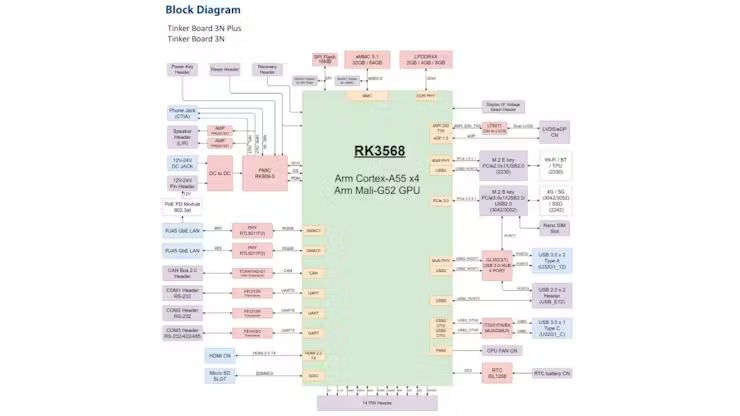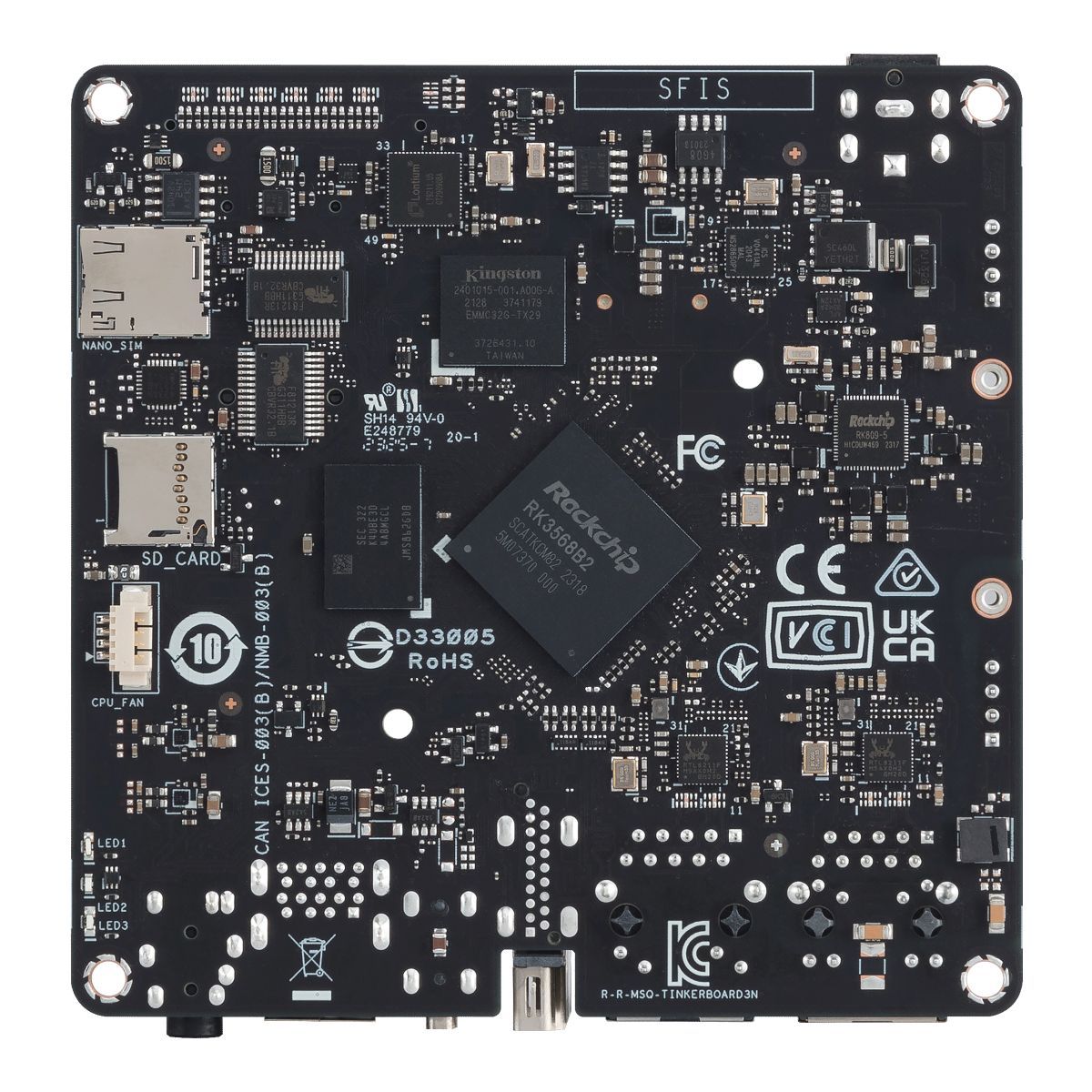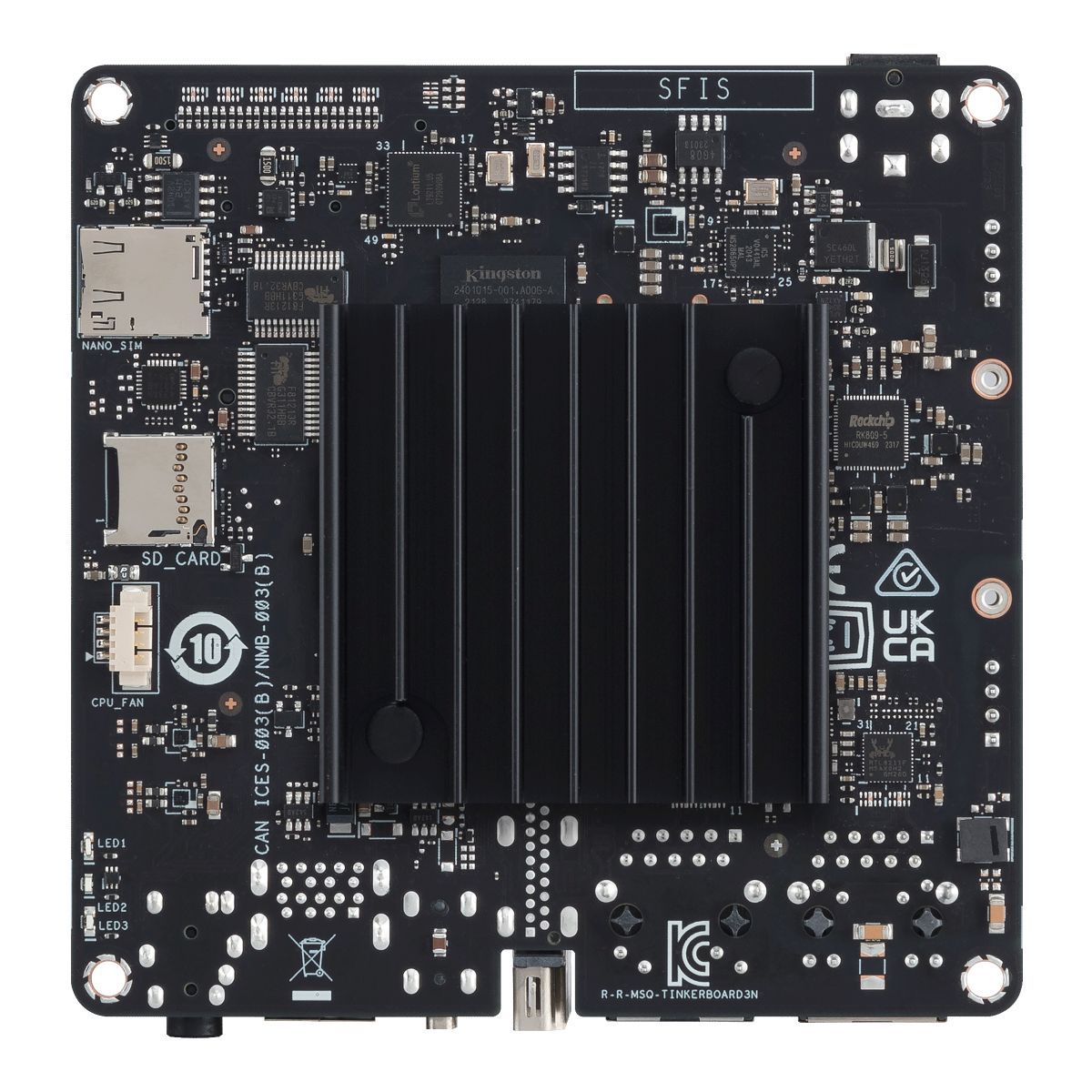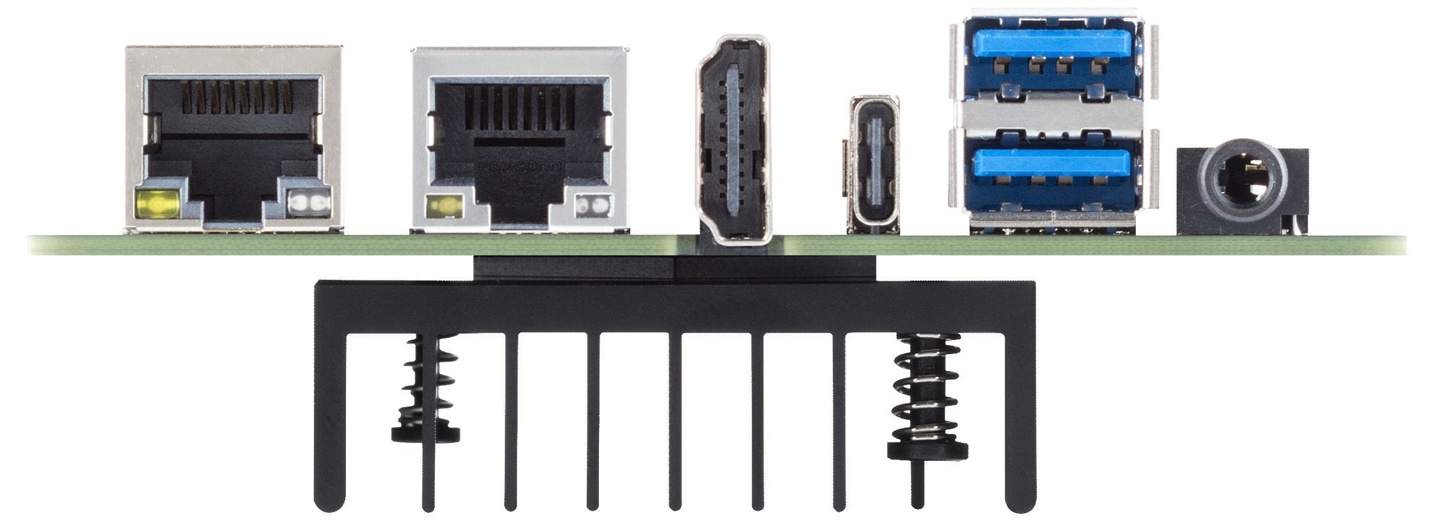
According to news from this site on February 21, ASUS launched the Tinker Board 3 development board in April last year, which was later renamed Tinker Board 3N. Recently, the company expanded the product line again and launched 3N Plus and 3N Lite.

3N Plus and 3N Lite are the same size specifications as 3N, both are 100 mm x 100 mm (3.9 inches x 3.9 inches). The main differences are: Input/output ports.

Tinker Board 3N Lite sacrifices some expansion options, including PCIe 3.0 solid-state drive interface, M.2 B Key connector to connect wireless modules, and only has 1 thousand Gigabit network port.
Tinker Board 3N Plus is designed for use in more extreme environments, supporting significantly colder or hotter working environments, extending to -40-85°C (-49-185°F).


Contains all ports and features of the previous version, including a 14-pin general-purpose input/output (GPIO) header, 40-pin LVDS and embedded DisplayPort (eDP) connector (with independent 5V backlight and control headers), dedicated CAN-FD 2.0B and RS232/422/485 headers, and M.2 E-key and B-key expansion slots.


Two USB 2.0 ports, two USB 3.2 Gen.1 Type-A ports and one USB 3.2 on one header Gen.1 Type-C On-The-Go (OTG) port, up to 64GB of eMMC storage (expandable with microSD), an HDMI port, and analog audio.
In addition, the Plus version also has a downgrade, supporting 2GB and 4GB LPDDR4 memory, while the non-Plus version supports 8GB. The specifications of the three development boards attached to this site are as follows:

The above is the detailed content of ASUS expands Tinker Board 3N development board lineup: Lite version streamlined port, Plus version supports more demanding environments. For more information, please follow other related articles on the PHP Chinese website!




